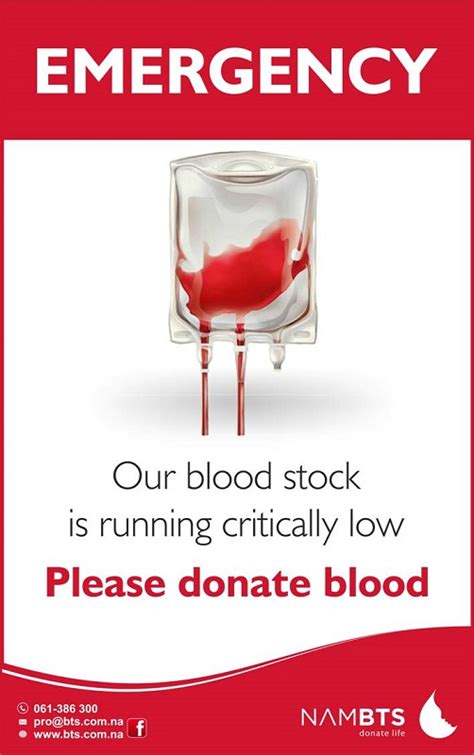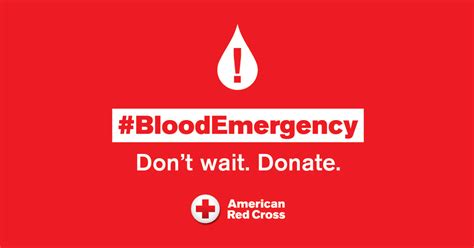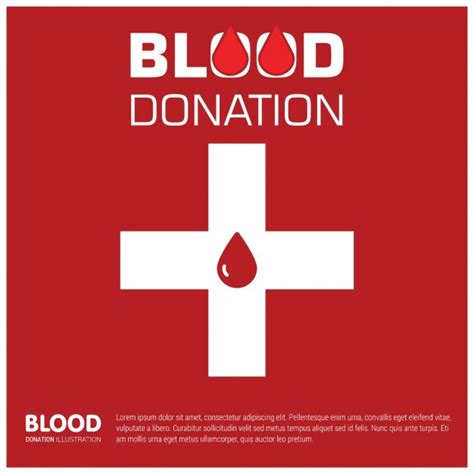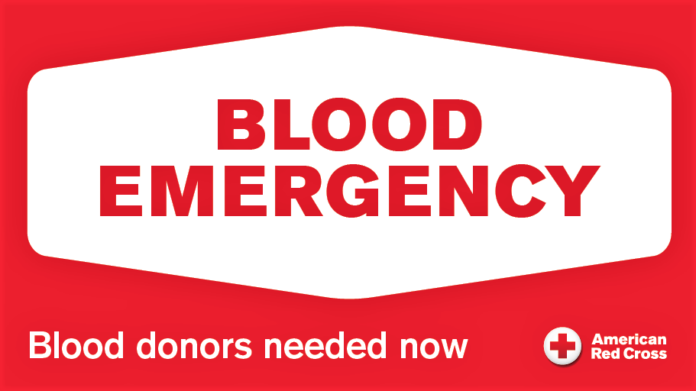Every day, countless lives hang in the balance, relying on a crucial but often overlooked resource: platelets. The Red Cross has issued an urgent call for platelet donors, emphasizing the vital role these donations play in supporting patients with severe medical conditions. Platelets, essential components of blood, are critical for those undergoing cancer treatments, recovering from trauma, or battling blood disorders. However, the current shortage of platelet supplies poses a significant threat to these patients’ survival. This article explores the importance of platelet donations, outlines the process, and provides information on how you can contribute to this life-saving cause. By answering the Red Cross’s call, you can make a tangible difference in communities across the country.
weninsure.xyz will take you through an extensive exploration of this topic.
1. Importance of platelet donations for patients in critical need.
Platelet donations are critical for patients facing severe health crises. Platelets, small cell fragments in the blood, play a vital role in clotting and stopping bleeding. For individuals undergoing treatments for cancer, such as chemotherapy, or those recovering from traumatic injuries, platelets are essential for managing and preventing dangerous bleeding. Blood disorders like leukemia and thrombocytopenia also require regular platelet transfusions to help patients maintain healthy blood clotting levels.
The impact of platelet donations extends beyond immediate medical needs; they are a cornerstone of recovery and survival for many patients. Without a steady supply of platelets, these individuals face increased risks of complications, longer hospital stays, and even life-threatening situations. The consistent availability of platelet donations can make the difference between life and death, underscoring the urgent need for more donors. Each donation not only supports patients in critical need but also contributes to the overall health and resilience of our communities.

2. Urgent appeal from the Red Cross for platelet donors.
The Red Cross has issued an urgent appeal for platelet donors, emphasizing the critical need for these life-saving contributions. As hospitals across the country face a severe shortage of platelets, the Red Cross is calling on individuals to step forward and make a difference. Platelet donations are crucial for patients undergoing treatments for cancer, severe injuries, and blood disorders, and the current deficit is jeopardizing their health and recovery.
This shortage highlights the urgent need for a consistent and reliable supply of platelets to ensure that patients receive the care they need. The Red Cross is working tirelessly to increase awareness and mobilize potential donors, but the demand continues to outpace supply. Your participation in this life-saving effort is more important than ever. By donating platelets, you not only support those in immediate need but also contribute to a vital resource that helps maintain the overall health and safety of our communities. The Red Cross encourages everyone who meets the eligibility criteria to donate and help address this pressing need.

3. Explanation of what platelet donations are and their medical uses.
Platelet donations involve providing a specific component of blood known as platelets, which are essential for blood clotting. Platelets are tiny cell fragments that help prevent bleeding by forming clots and repairing damaged blood vessels. Unlike whole blood donations, which include all blood components, platelet donations focus on extracting and concentrating platelets.
The medical uses of platelet donations are critical in various scenarios. Patients undergoing chemotherapy for cancer often experience low platelet counts, which increases their risk of bleeding and infection. Platelet transfusions help restore their counts and improve their ability to recover from treatment. Trauma victims who have suffered severe injuries also rely on platelet donations to manage excessive bleeding and support healing. Additionally, individuals with blood disorders like leukemia and thrombocytopenia need regular platelet transfusions to maintain proper blood clotting.
Overall, platelet donations play a pivotal role in supporting patients with serious health conditions, enhancing their chances of recovery, and improving their quality of life. This specialized donation process is vital for maintaining effective medi

4. Impact of platelet donations on cancer patients, trauma victims, and those with blood disorders.
Platelet donations have a profound impact on patients battling cancer, trauma victims, and those with blood disorders. For cancer patients undergoing chemotherapy, platelet transfusions are essential to counteract the treatment’s effects on their blood cells. Chemotherapy often reduces platelet counts, leading to an increased risk of bleeding and complications. Regular platelet donations help stabilize these patients, enabling them to continue their treatment and recover more effectively.
Trauma victims, such as those involved in accidents or severe injuries, also benefit significantly from platelet donations. In emergencies, patients can lose large amounts of blood, and transfusions of platelets are critical in managing and stopping bleeding. These donations can be life-saving, helping to stabilize patients and improve their chances of survival.
For individuals with blood disorders like leukemia or thrombocytopenia, platelet transfusions are a necessary part of their ongoing treatment regimen. These conditions often lead to low platelet counts, making it difficult for patients to form clots and manage bleeding. Platelet donations help maintain their blood’s ability to clot, providing essential support for their health and well-being.
5. Current shortage of platelet supplies and its potential consequences.
The current shortage of platelet supplies poses a serious threat to patient care across the country. Platelets are a critical component for treating a variety of medical conditions, but recent shortages have led to a significant gap between supply and demand. This deficit is largely due to a combination of factors, including a high number of patients requiring transfusions and a decline in donor participation.
The consequences of this shortage are severe and far-reaching. For cancer patients undergoing treatments, the lack of available platelets increases the risk of complications such as uncontrolled bleeding and delayed recovery. Similarly, trauma victims may face prolonged recovery times and heightened risks if sufficient platelets are not available to manage their injuries effectively. Individuals with chronic blood disorders also suffer as their treatment regimens become less effective without a steady supply of platelets.
This shortage not only impacts individual patients but also places added strain on healthcare systems and medical professionals. Hospitals may be forced to make difficult decisions about prioritizing care and managing resources. The urgency of addressing this shortage cannot be overstated, as ensuring a stable supply of platelets is crucial for ma
6. Eligibility criteria for platelet donors.
Eligibility criteria for platelet donors are designed to ensure the safety and effectiveness of donations for both the donor and the recipient. Generally, potential platelet donors must be in good health, with no significant medical conditions that could affect their ability to donate or the quality of the platelets. Donors are typically required to be at least 17 years old, though some states allow donations from 16-year-olds with parental consent. The minimum weight requirement is usually around 110 pounds (50 kg) to ensure that donors have enough blood volume for a safe donation.
Additionally, donors must have a healthy blood pressure and hemoglobin levels within the acceptable range. It is important that potential donors have not recently undergone surgeries or experienced major health issues that could disqualify them from donating. Donors should also refrain from using certain medications or drugs that might affect the donation process.
Before donating, individuals go through a health screening process that includes a brief physical exam and a review of their medical history. This helps ensure that both the donor and recipient are protected and that the platelets collected are of high quality. Meeting these criteria helps maintain the safety and efficacy of platelet donations, ensuring they have the greatest impact on patients in need.
7. Process of donating platelets and how it differs from regular blood donation.
Donating platelets involves a process that is distinct from regular blood donation, primarily due to the method of collection and the duration of the procedure. During a platelet donation, blood is drawn from one arm and passed through a special machine called apheresis, which separates the platelets from the other blood components—red cells, white cells, and plasma. The platelets are then collected into a sterile bag, while the remaining blood components are returned to the donor’s body through the same needle.
The apheresis process typically takes longer than a standard blood donation, lasting about 1.5 to 2 hours, compared to the 10-15 minutes required for whole blood donation. This extended duration is due to the need to filter and concentrate the platelets. Donors may experience a slight tingling sensation during the procedure due to the anticoagulant used to prevent clotting.
After the donation, donors are usually monitored for a short period to ensure they feel well and to check for any adverse reactions. Unlike whole blood donation, where donors must wait 56 days before donating again, platelet donors can often give every 7 days, depending on the guidelines set by the donation center. This frequency allows for a more regular supply of platelets to meet ongoing patient needs.
8. Red Cross initiatives and efforts to increase platelet donations.
The Red Cross is actively working to address the critical shortage of platelet donations through various initiatives and outreach efforts. Recognizing the vital role that platelets play in patient care, the organization has launched several campaigns aimed at increasing donor participation. These initiatives include targeted awareness campaigns to educate the public about the importance of platelet donations and the specific needs of patients relying on these contributions.
The Red Cross also organizes special events and drives focused on platelet donations, often partnering with community organizations and businesses to boost donor turnout. They use digital platforms and social media to reach a broader audience, providing information on how to become a donor and the impact of platelet donations on patient health.
Additionally, the Red Cross offers flexible donation options and convenient locations to make the process as accessible as possible. They provide support and incentives to encourage repeat donations, helping to build a steady and reliable pool of platelet donors. Through these comprehensive efforts, the Red Cross aims to ensure a consistent supply of platelets, ultimately enhancing patient care and saving lives.
9. How and where individuals can donate platelets.
Individuals interested in donating platelets can find opportunities at local Red Cross donation centers or through mobile blood donation units. To donate, start by visiting the Red Cross website or contacting their local office to locate the nearest donation center. You can also schedule an appointment online or by phone to ensure a convenient time for your visit.
The donation process involves registering, undergoing a brief health screening, and completing the apheresis procedure, which typically takes 1.5 to 2 hours. Donors are usually advised to bring identification and wear comfortable clothing with easy access to their arm.
Red Cross centers are spread across many communities, providing accessible options for potential donors. Additionally, regular drives and community events may be held to facilitate platelet donations. By participating in these donation efforts, you can contribute significantly to the health and recovery of patients in need.
10. Testimonials from recipients and donors highlighting the life-saving impact.
Testimonials from recipients and donors highlight the profound, life-saving impact of platelet donations. Sarah, a cancer survivor, shares, “Receiving platelet donations was crucial during my chemotherapy. Without them, I would have faced severe bleeding risks and a longer recovery. I’m incredibly grateful to the donors who made my treatment possible.”
John, a platelet donor, recounts his experience: “Donating platelets is one of the most rewarding things I’ve done. Knowing that my donation could help someone recover from an accident or manage a blood disorder gives me a great sense of purpose. It’s amazing to think that just a few hours of my time can make such a significant difference in someone’s life.”
These personal stories underscore the critical role of platelet donations in enhancing patient care and saving lives. The gratitude expressed by recipients and the fulfillment felt by donors illustrate the powerful impact of this generous act on both individuals and communities.
Platelet donations are a vital lifeline for patients in critical need, from cancer sufferers to trauma victims. The Red Cross’s urgent appeal highlights the pressing need for donors to step forward and make a difference. By understanding the donation process, meeting eligibility criteria, and participating in Red Cross initiatives, you can contribute to a steady supply of this essential resource. Your donation not only supports individual recovery but also strengthens the health of our communities. Take action today to help save lives and make a meaningful impact.
weninsure.xyz

